44+ Sample Joint Lease Agreements
-

Residential House Lease Agreement
-
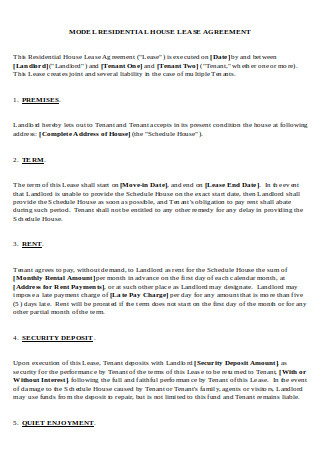
Model Lease Agreement
-
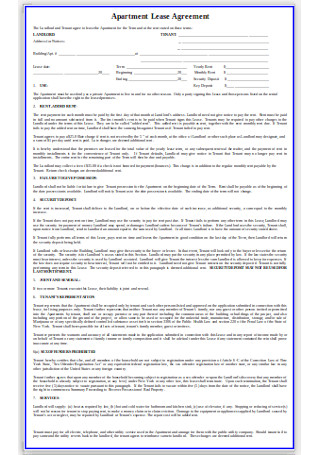
Apartment Lease Agreement
-
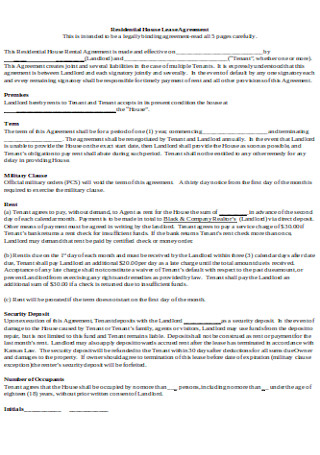
Residential House Rental Agreement
-
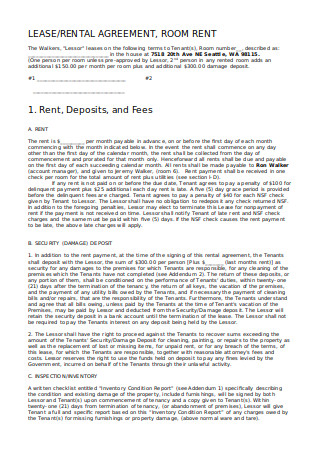
Joint LeaseRental Agreement
-
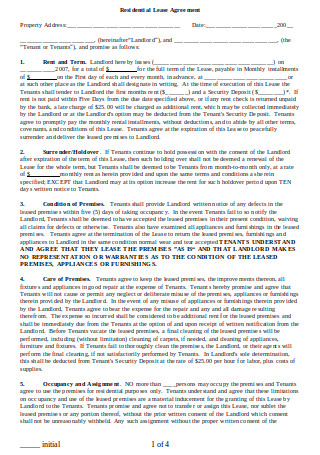
Joint Residential Lease Agreement
-
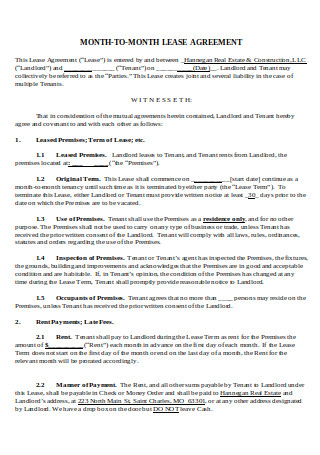
Month-to-Month Lease Agreement
-
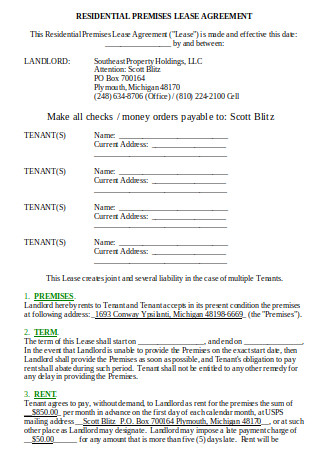
Residential Premises Lease Agreement
-
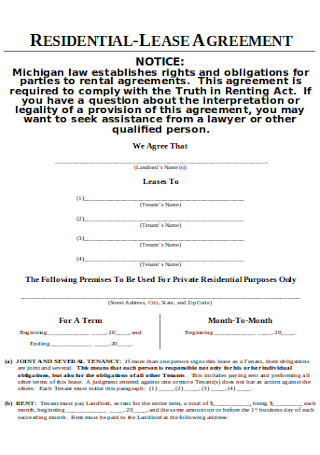
Joint Residential Lease Agreement Sample
-
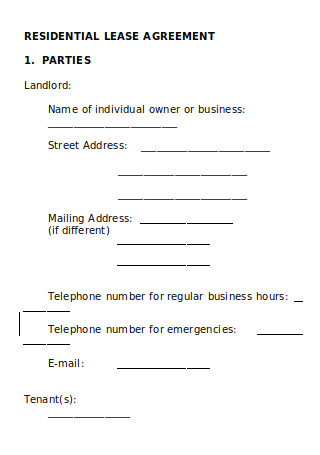
Joint Model Residential Lease
-
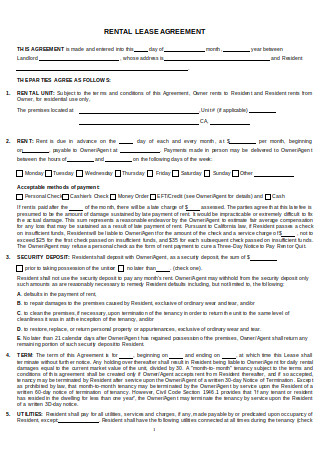
Joint Residential Lease
-
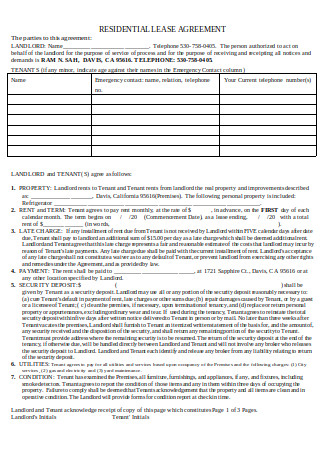
Sample Residential Lease Agreement
-
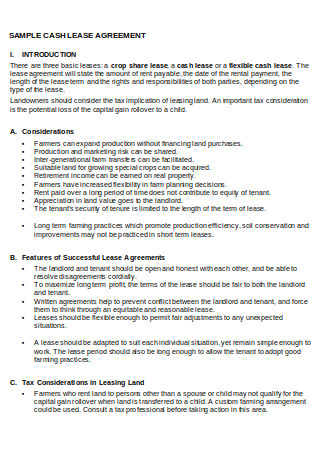
Sample Cash Lease Agreement
-
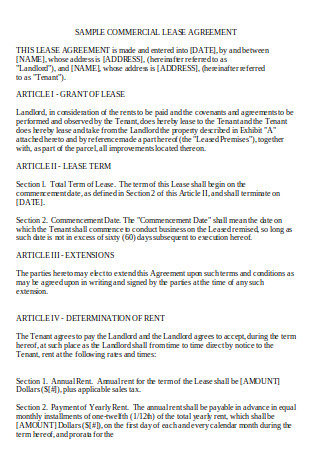
Joint Commercial Lease Agreement
-

Lease Agreement Format
-
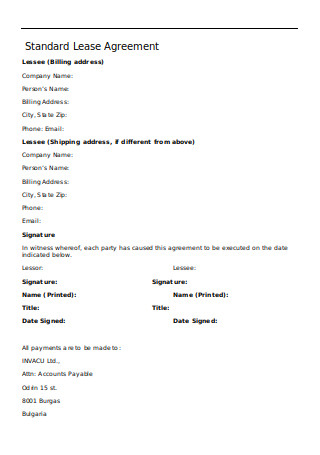
Standard Lease Agreement
-
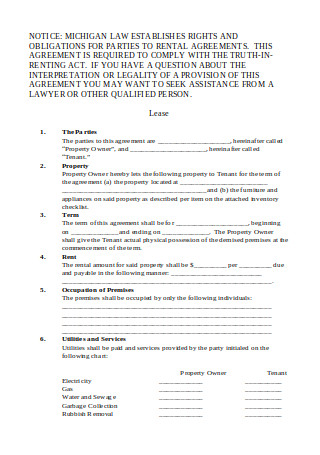
Sample Lease Agreement
-
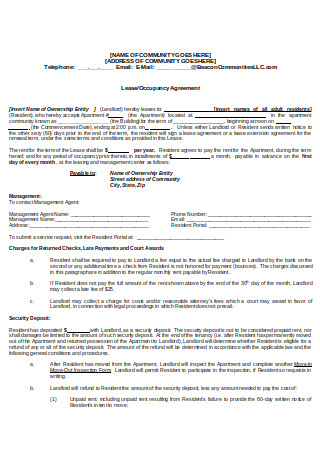
Lease or Occupancy Agreement
-
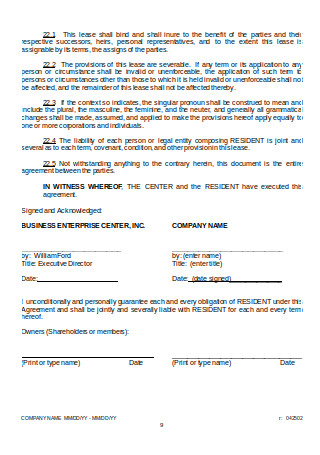
Business Enterprise Lease Agreement
-
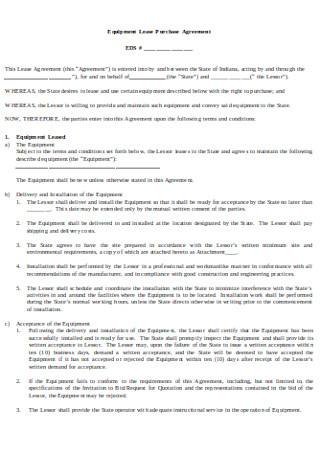
Equipment Lease Purchase Agreement
-
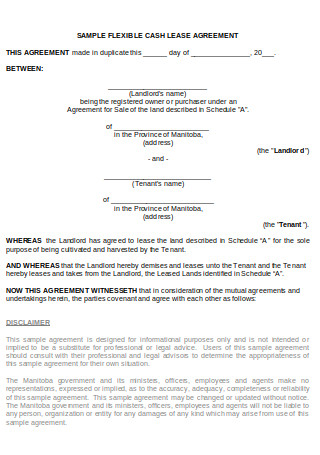
Sample Flexible Cash Lease Agreement
-
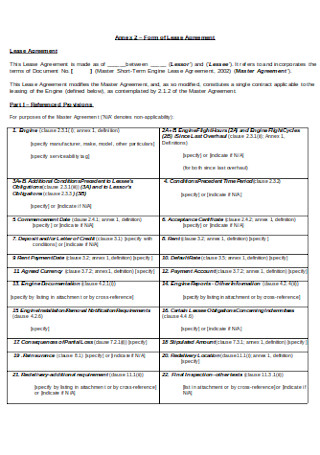
Short Term Engine Lease Agreement
-
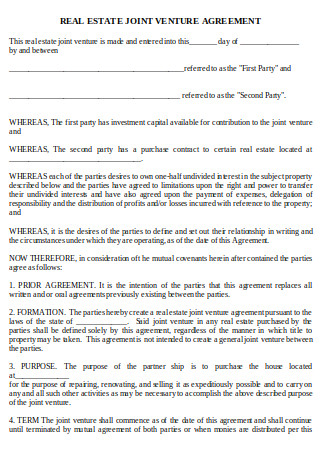
Real Estate Joint Venture Agreement
-
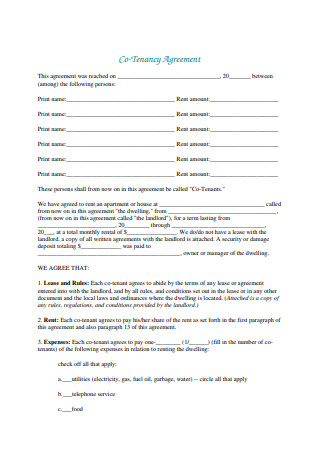
Co-Tenancy Agreement
-

Joint and Several Residential Lease Agreement
-
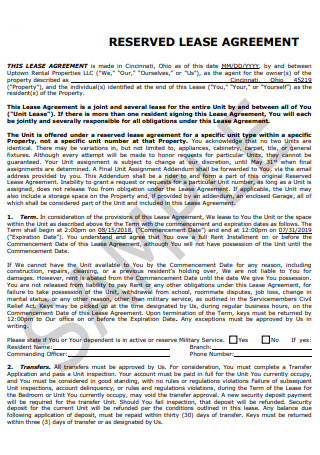
Several Unfurnished Reserved Lease
-
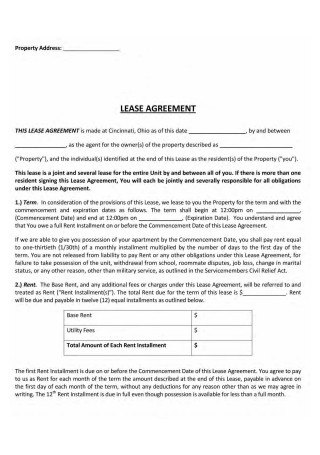
Joint or Several Lease Agreement
-
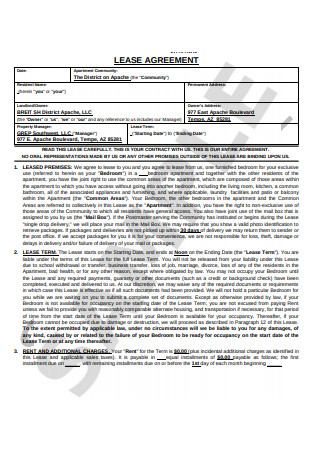
Joint Lease Agreement Format
-
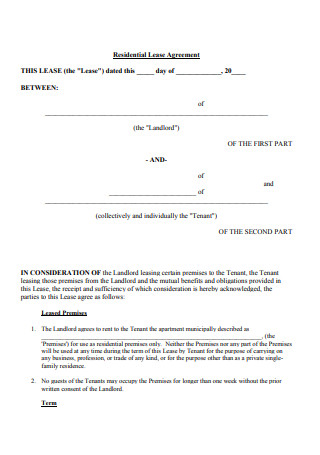
Residential Lease Agreement for Tenants
-
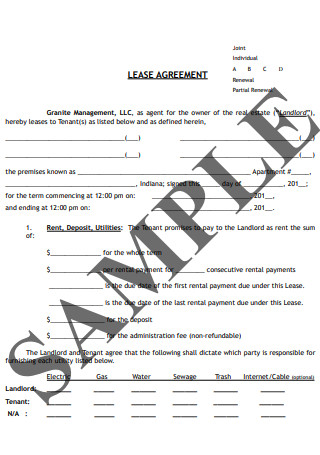
Joint Individual Lease Agreement
-
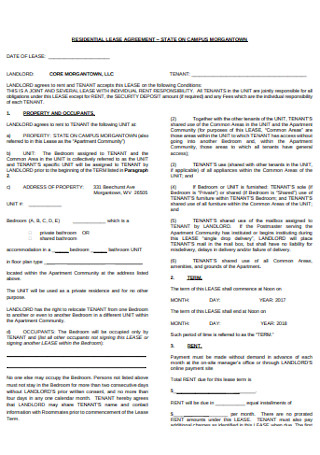
Simple Residential Lease Agreement
-
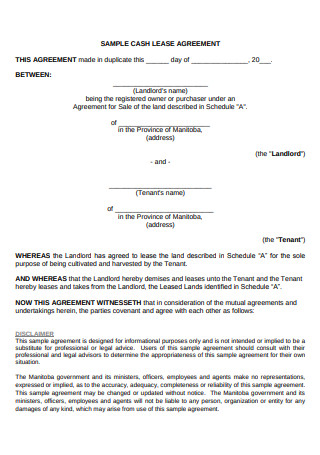
Sample Cash Lease Agreement in PDF
-

Joint Venture Lease Agreement
-
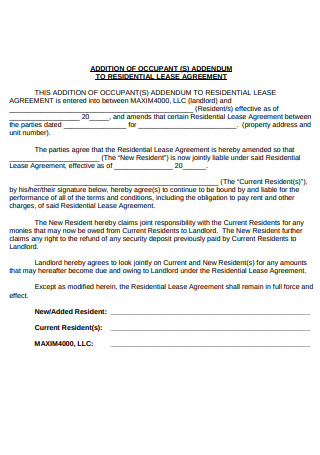
Formal Lease Agreement
-
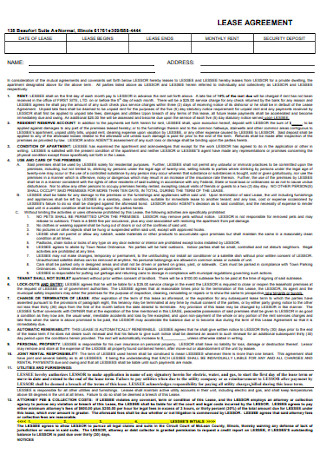
Off Campus Lease Agreement
-
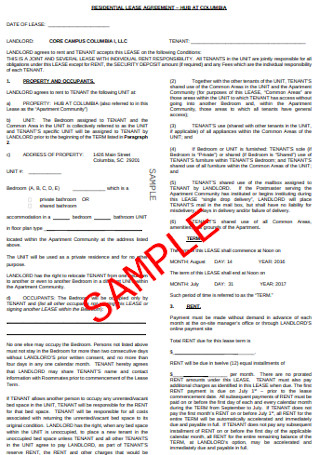
Basic Residential Lease Agreement
-
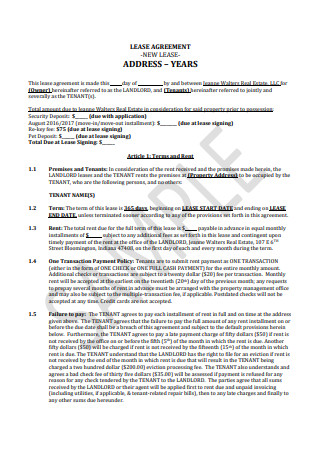
Sample New Lease Agreement
-
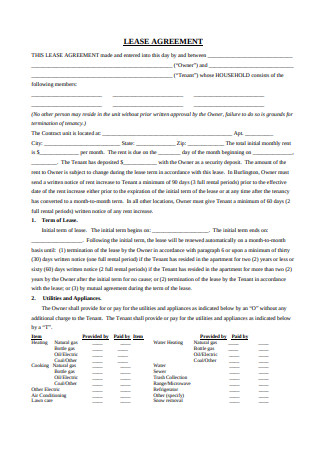
Printable Lease Agreement
-
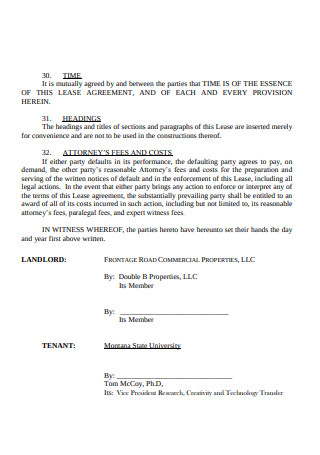
Commercial Lease Agreement Sample
-
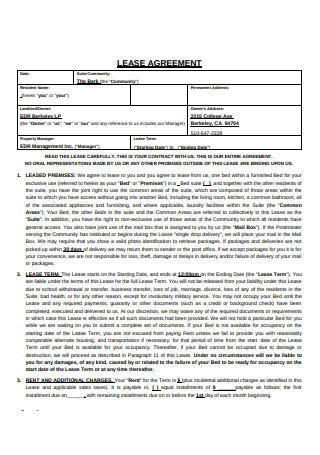
Format of Lease Agreement
-

Lease Agreement with Joint Rights
-
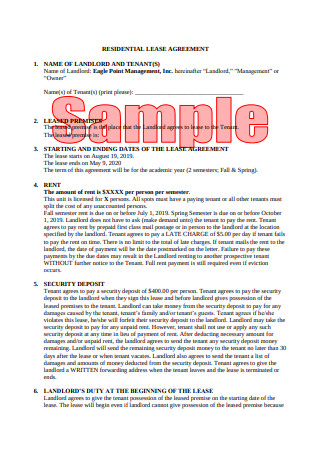
Format of Residential Lease Agreement
-
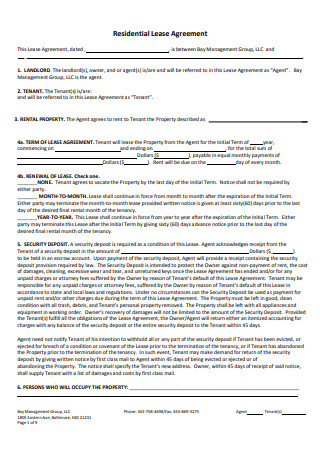
Tenant Residential Lease Agreement
-
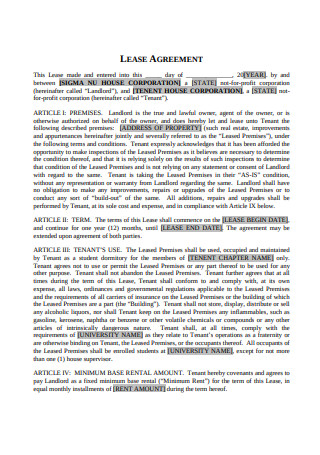
Fraternity House Lease Agreement
-
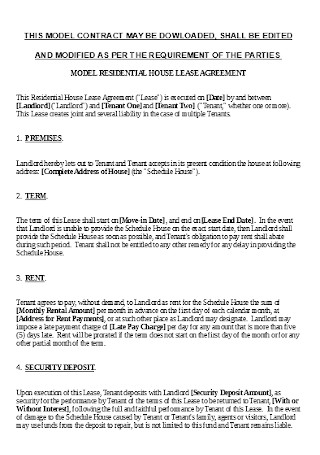
Joint Lease Model Agreement Template
download now
What Is a Joint Lease Agreement?
A joint lease agreement, also known as a room rental agreement, is a type of agreement designed for leasing bedrooms in a housing unit where tenants are required to share communal areas. All parties identified in the lease shall be reliable as a whole regarding payments for rent, bills, services, and other fees that were previously agreed upon. Any damages in the communal areas, such as the living room, kitchen, or bathroom should also hold each individual accountable for the shortcomings of one. A common kind of roommate lease you might be familiar with is the college roommate agreement that landlords of a dormitory or apartment used to lease their property to potential candidates. This is necessary to protect the rights of each party as they carry out their obligations.

The Importance of a Joint Lease Agreement
A joint lease agreement can benefit both landlords and tenants in different ways. For one, it ensures that all parties signed to the lease are held accountable for each other’s actions. Many people take advantage of this setup as it allows them to split the cost of their monthly rent. A 2017 study by Pew Research Center found that about 31.9% of the adult population lived in a shared household, where at least one of the household is not the head, the spouse or unmarried partner of the head, or an 18 to a 24-year-old student. By identifying the duties and obligations of each party in the lease, landlords and tenants are made aware of the possible consequences if they fail to adhere to the terms. And if any disputes arise between the two groups, the agreement will serve as evidence to any claims made by either party.
But since they are all bound to the same agreement, a tenant does not have the right to move out of the property unless he or she takes the necessary steps to terminate the tenancy. When this happens, the remaining tenants would have to create a new lease agreement with the landlord to continue staying in the rental unit where they are currently residing. It is also advisable to have everyone in the household sign a separate roommate contract to establish some ground rules between themselves.

How to Create a Joint Lease Agreement
A joint lease agreement is an essential piece of writing for both the landlord and the tenants of a property. It safeguards the relationship by laying out the terms of the agreement and ensuring that everyone stays on the same page. But writing the lease can be a stressful process for the parties concerned, especially when the smallest loopholes could easily lead to bigger issues when they aren’t appropriately addressed. Listed below is a step-by-step guide to help you write a joint lease agreement that works.
Step 1: Find and Download a Template
There’s a template for nearly every type of business document these days. You’d be surprised to find all kinds of lease agreements that landlords can use to present the terms of the tenancy to a potential candidate. This can be useful for landlords that own several rental units to their name and for tenants that wish to move into the property at the earliest possible date. You can choose between a house lease agreement template, an apartment lease agreement template, and other options to complete this step. Be sure to download the document in your desired file format to make the editing process a breeze.
Step 2: Document Each Participating Roommate and the Concerned Premises
Once you have a copy of the template secured, fill it out with the necessary information. The document may be divided into multiple subsections to separate important data and make it easier to find. Your full legal name and that of your fellow tenants should be written in the appropriate labels as well. You should also note down the physical address of the property for identification. This includes the building number, street name, apartment number, city, state, and zip code of the premises you and your roommates intend to live in. The duration of the lease must be written in its designated spaces.
Step 3: Discuss the Terms of the Living Arrangement
When discussing the terms and conditions of your arrangement with the landlord, you might have a ton of questions you want to ask. These questions are often addressed in specific clauses of the agreement for tenants to review. Most landlords are open to negotiating on terms that may not satisfy a tenant, so don’t hesitate to provide input on matters that concern you. The agreement must also indicate the amount of money that each roommate is set to pay for his or her share of the property. You should be wary of the consequences you and your roommates could face for your actions. Delayed payments, rowdy behavior, and damage to the property can be a deciding factor to terminate the group’s rental agreement.
Step 4: Sign the Lease
The paperwork you’ve been working on with the landlord in the last hour is not considered valid unless you sign it. The formal execution of the agreement’s terms only occurs once the landlord and the tenants sign and date the lease. Make sure you are done reading the document and fully understand its contents before writing your name in ink. All tenants participating in the lease must sign the document with the landlord to prove that all parties oblige to adhere to its terms. If you wish to add or change a few minor areas of the agreement, you can prepare a written amendment to record and implement the said modifications.
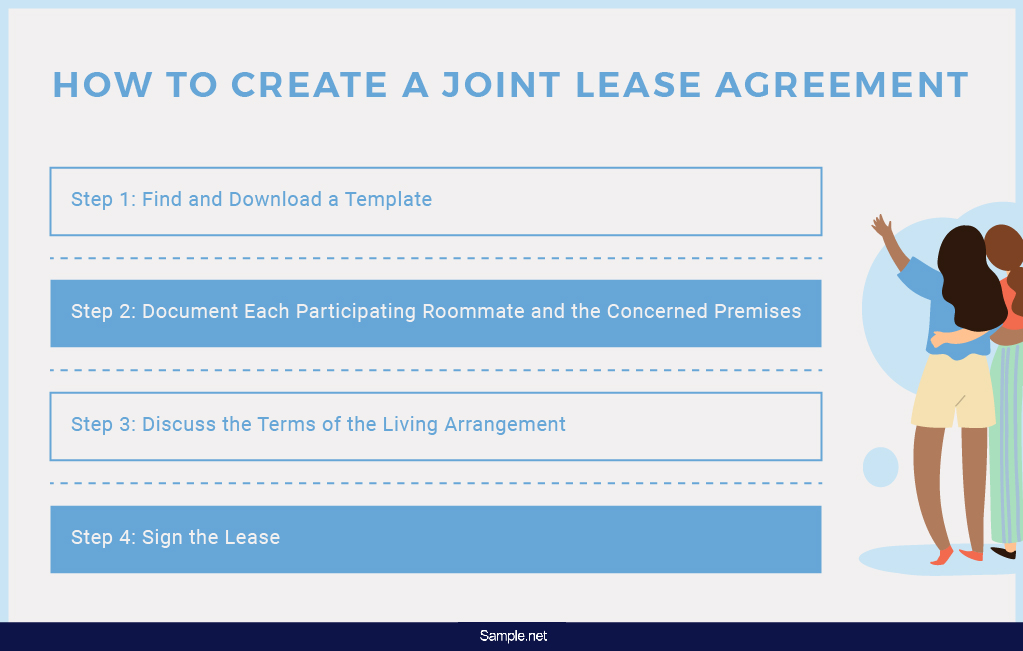
Individual Lease Agreement vs. Joint Lease Agreement
If you’re thinking about renting a place in the city, you have two options that each possess their fair share of pros and cons for you to weigh down. A housing unit may be rented under the terms of an individual lease agreement and a joint lease agreement. These leases are pretty different from one another, which is why it’s important to consider the factors that distinguish them before making your decision.
An individual lease agreement makes you responsible for the payment and upkeep of the room you are renting, as well as the bathroom and the common area built within the premises. As a tenant, you have no say in who gets to move into the room next to yours as this decision is solely up to the landlord. Each person living in the said unit will have to sign their own individual lease with the property manager in order to finalize their tenancy.
A joint lease agreement, on the other hand, allows you and your roommates to come together to settle the rent and utilities of the entire property being leased as a group. It’s the least expensive way to rent an apartment while still enjoying the amenities of a regular housing unit. You and your roommates also have the authority to decide who rents out an empty bedroom if one of the original tenants chooses to leave. The degree of responsibility handed to the group might sound intimidating, but it does offer more freedom and privacy to the people already living in the rental space.
The Dos and Don’ts of a Joint Lease Agreement
A joint lease agreement legally binds the tenants in a rental unit to the owner of the property. As one of the people renting the place, you are responsible for your own actions and that of your fellow tenants. It’s impossible to maintain a positive relationship with the landlord if you can’t even uphold your end of the agreement accordingly. Hence, it’s important to be aware of the things you can do before and after writing the joint lease agreement.
Dos
1. Do complete the lease form.
Landlords often supply would-be tenants with a form that they could fill to process their rental application. You’d be surprised by how common it is for landlords to receive applications that are left blank in some of the most important sections of the lease. This raises the suspicion that the individual or group of individuals could be hiding something from the property manager. Even if it were an honest mistake, you’d want to avoid any inconveniences by reviewing the form for any details that might have been missed.
2. Do provide proof of your financial capability.
It doesn’t matter if there are five of you renting out the property. If only half of the people in the household have a job that could barely even cover the rent, the property owner will have to think twice about granting you the lease. You and your roommates must provide some evidence of your ability to afford the property on a periodic basis. Be sure to gather the necessary documents to help hasten the process. If your income isn’t enough to sustain the needs of the entire household, you may expect a rejection letter anytime soon.
3. Do provide good references.
Choose someone confident enough to sell you as a potential tenant without making it seem like they are writing the letter as a favor. If you and your friends were college roommates back in the day, consider asking your former landlord for a tenant (landlord) letter of recommendation. You can even have the leaders of your fraternity or sorority house to write an honest letter about who you are as a tenant and a roommate.
4. Do ask questions.
A joint lease agreement can be a bit more complicated compared to a regular rental lease agreement in some ways. That’s because it involves more people with different backgrounds and behaviors that the landlord and the rest of the tenants would have to deal with. To make sure you know exactly what you’re getting yourself into, feel free to note down your concerns that the landlord can address during your meeting. Preparing a concise list of questions shows just how interested and willing you are to comply with the rules set within the premises.
5. Do be amenable.
Always be open and responsive to what the landlord has to offer. If he or she wants you and your roommates to move in within the week, try and be as flexible as possible. Some property managers have strict policies that require tenants to move in upon signing the lease. So if you accept an agreement that makes this demand, it’s important to conform to these terms if you want to start your tenant-landlord relationship on the right foot. You can also negotiate on a few terms to meet them halfway.
Don’ts
1. Don’t go alone if you have roommates.
Never sign the agreement without your roommates. Keep in mind that all of you are bound to the same lease, so any discrepancies in the document may affect the group as a whole. Make sure your roommates are involved in the process of negotiating and revising the agreement before executing its terms. If one of your roommates could not come to the meeting with the landlord, the least you can do is to put his or her wishes in mind for every decision you make.
2. Don’t neglect your state laws.
As a signee, it’s essential to verify the validity of the terms provided by the landlord. Some property owners take advantage of tenants who are desperate to find a place to stay before someone else grabs the opportunity before them. If you feel that some of the contents of your lease seem a bit off, seek assistance from a real estate expert or lawyer. Consulting with a professional to review your lease and ensure that it conforms with state laws is crucial to make the relationship legally binding. It is in your best interest to enter into a joint lease agreement that is legal and enforceable. Otherwise, you may find it hard to obtain a favorable outcome as you attempt to raise any major issues to court.
3. Don’t ignore your role and responsibilities in the lease.
Before signing any paperwork, be sure to read what’s covered by the agreement. Any clauses or provisions that confuse you should be clarified by the landlord to avoid problems later on. And because you won’t be the only person living in the property, it’s important to uphold your obligations in the lease so as not to bring the burden to your roommates. You also need to be knowledgable of the policies that the landlord establishes in the agreement and make sure these are followed by everyone in the household.
4. Don’t accept a verbal agreement.
Always demand a written copy of the agreement. Any changes to the lease must be recorded, so you won’t find it difficult to prove in court. This includes revisions and clarifications that were not properly discussed in the original copy of the lease agreement. It’s best to have another individual present during the exchange to witness your discussion firsthand. You can also note these changes on paper for a recap before you end the negotiations for the final part of the process. If the landlord insists on finalizing those terms verbally, as long as you haven’t signed anything yet, consider this as a chance to look elsewhere for an apartment.
5. Don’t wait until the last minute.
Finding a new apartment can be an exciting time for anyone hoping to start a new chapter of their lives with some old friends. But renting out a property as a group is not as cool and chic as the characters in your favorite TV series make it seem. Thus, it’s important to have the terms and conditions of your tenancy outlined in a joint lease agreement to prevent problems between you and your roommates, along with your relationship with the landlord. It’s one of the best ways to maintain the orderliness of the property and avoid an eviction notice brought by delayed payments or unruly behavior.
If you and your roommates have never rented a property in the past, navigating through this process can be quite confusing. It’s only natural to commit a few mistakes on your first try. Use common sense, ask questions, and seek the assistance of a real estate expert before binding yourselves to a joint lease agreement you know little to nothing about.
